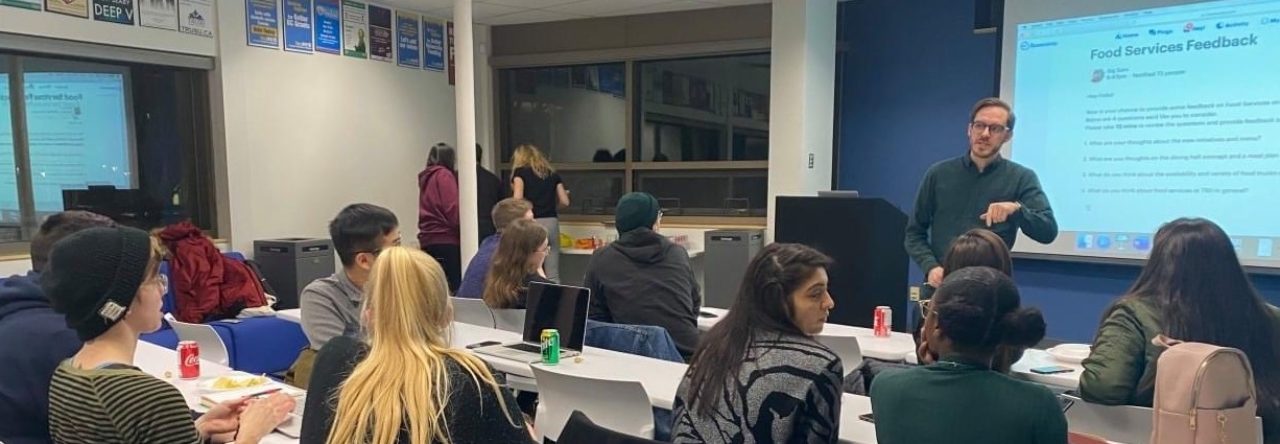I observed an advanced oral communication class, delivered virtually, for one hour. There were twelve university students from multiple language and social backgrounds. The lesson was the third one of the term, and the speaking focus was debate of controversial issues.
Facilitation activities were ordered well to encourage engagement and build upon each other. The teacher effectively and efficiently incorporated a warm-up in welcoming students as he had a brief interaction with each student regarding their well-being and weekend activities to both engage them in the target skill in an accessible and relevant way and create a friendly atmosphere.
The teacher initiated full-class discussions on related vocabulary and debate structure, but virtual environment made it difficult. Taking turns speaking with many participants was awkward due to lag time and lack of visual social cues. And despite the help of the warm-up, many students remained hesitant to speak. This may be something that improves over the term as students become more comfortable. A technique I particularly appreciated in the teacher’s instruction or explanation for the subsequent conversation activity was the use of a tennis match as a metaphor where both players must consistently return the ball for the match to continue. I found this evocative, easy to grasp, and likely widely familiar despite the diversity of students.
Upon moving into smaller groups for the conversation activity, the virtual environment produced another challenge. Separate virtual study rooms precluded easy teacher presence to support and direct the activity where needed. It also didn’t allow for adjustments of activity time. In the study room I observed, the text for the activity may have been too advanced as time meant for practicing speaking skills was dominated by reading comprehension and speaking itself was limited due to difficulty with one vocabulary word. An easier text or more specific previewing with the teacher might have provided greater focus on speaker.
Back in the full class, the teacher encouraged and supported summaries from groups as well as further debate. I think the teacher responded well in real-time to assess the necessary balance between full participation and maintaining a level of comfort amongst a new group of students. Here as well as in the warm-up, informal assessment and gentle confirmation and error correction was done through follow up questions or repeating answers back.
My key take-aways from this observation were the challenges of and techniques to accommodate new classes (and classrooms settings). At all times, but especially in early lessons, it is important to establish a friendly community environment. Intended activities or their implementation may need to be limited or altered in the moment for that purpose. Similarly, as assessment of students builds, adjustments might be made to the level of texts. Finally, the classroom itself is part of the lesson! While I did not observe the second hour of the lesson, I understand from my classmates that effective techniques were used in later activities to improve participation in group work in the virtual study rooms. Adaptability is critical.


Leave a Reply